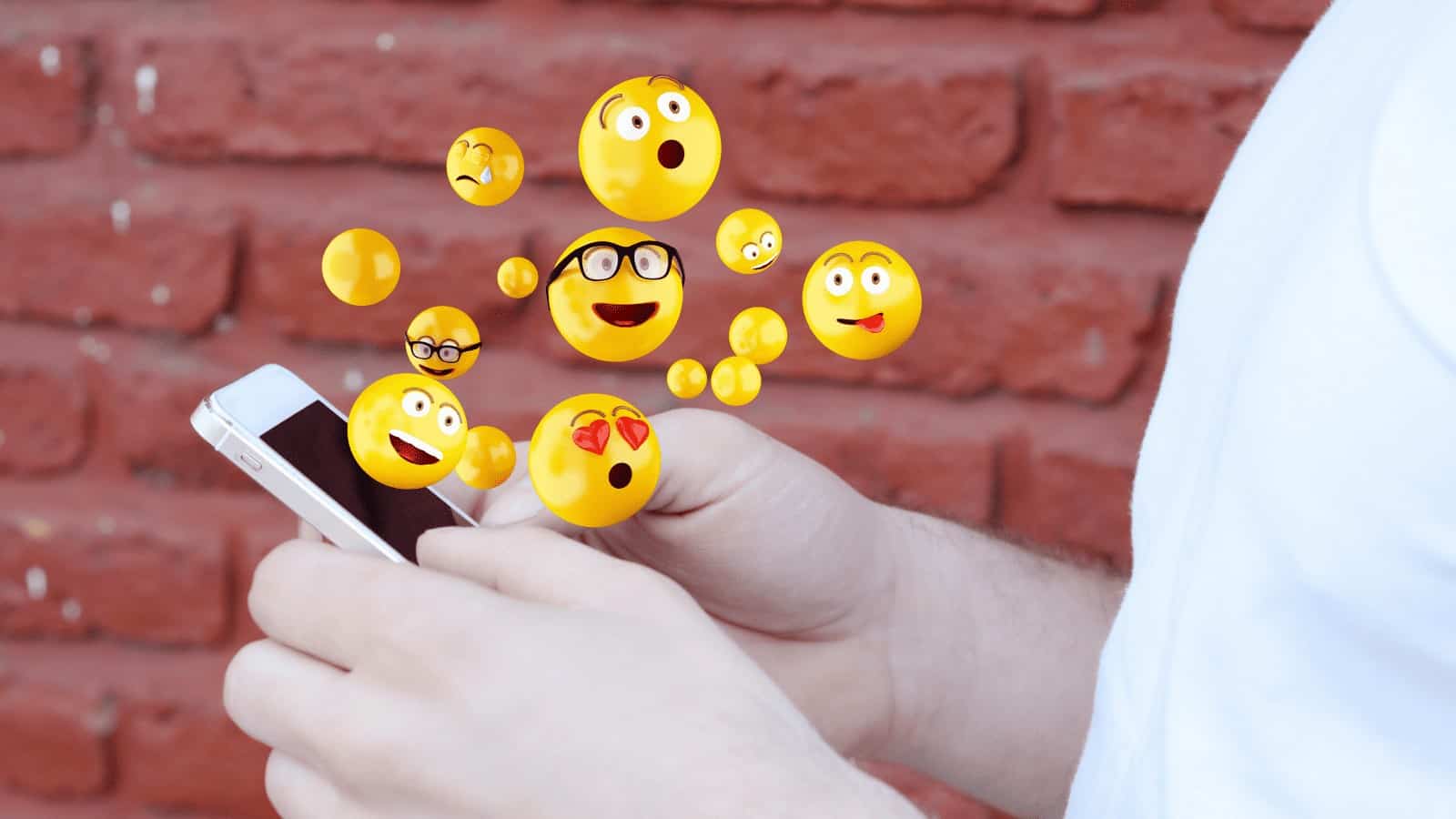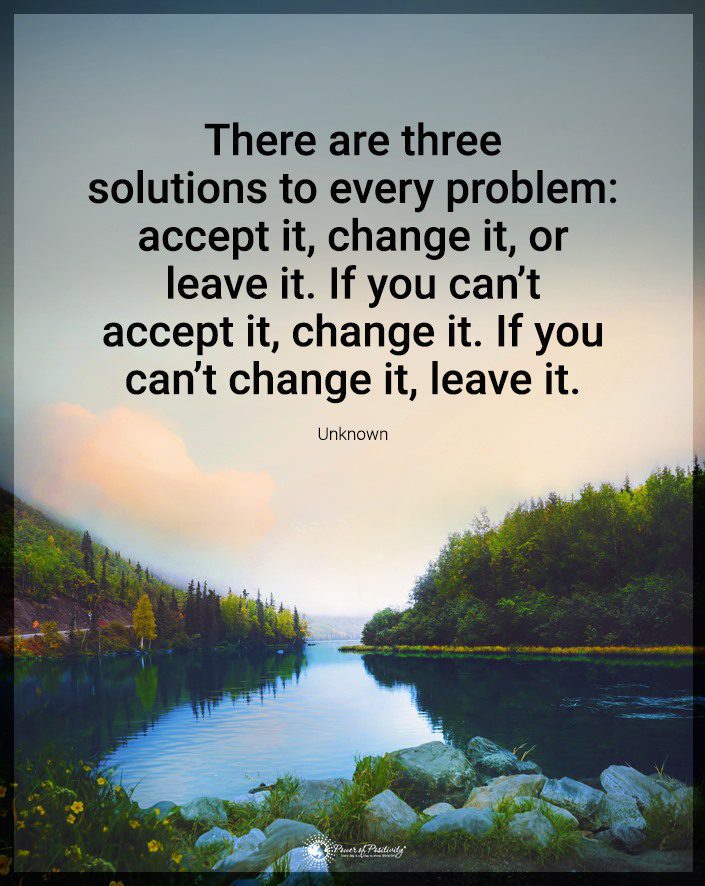You probably use emojis every day to communicate with friends and family. Most people only think of them as cute ways to express emotions, but they have other uses as well. Physicians from Massachusetts General Hospital (MGH) believe that emojis can improve interactions between doctors and patients.
Emojis, meaning “picture character,” originated in Japan about 10 years ago. Today, they’re used universally across many online platforms, providing a fun, unique way to express emotions. The colorful, adorable symbols often replace words, making communication faster and easier. Physicians believe these symbols could have important implications for medical professionals.
How Emojis Could Improve the Medical Field
For one, emojis could help patients communicate symptoms and concerns with their doctors more easily. Also, they can improve interactions with young children, people with disabilities, and patients who speak other languages. This unique, modern communication tool offers a wealth of possibilities in the field of medicine.
Medical societies could collaborate with graphic designers to create emojis that best represent their fields. Then, they’d work with the standards-setting organization for emojis to gain the stamp of approval. The senior author of the research, Shuhan He, MD, believes each medical discipline should discuss the adoption of emojis for everyday use.
“They need to listen to patients is at the core of our mission as physicians, and the use of emoji is a great opportunity to take communication to another level,” says He, who is director of growth for the MGH Center for Innovation in Digital HealthCare and a member of MGH’s Lab of Computer Science. “Emoji could be particularly important in treating children with still-developing language skills, people with disabilities that impair their ability to communicate, and the many patients who speak a different language.”The research was published in the Journal of the American Medical Association on September 7, 2021.
Mass General Physicians Propose Using Emojis for a Communication Tool
Today, people send about five billion emojis through Facebook and Facebook Messenger alone. Around 3,500 emojis have been approved by the Unicode Consortium, the nonprofit organization that upholds text standards online. They also must approve emojis before they make their way into daily conversations. As it stands, only around 45 emojis relate to medical fields.
However, they’ve come a long way since the first medically related emojis, the syringe and pill, came out in 2015. In 2017, Apple added emojis to represent people with disabilities, collaborating with the American Council of the Blind, the Cerebral Palsy Foundation, and the National Association of the Deaf. They introduced the white cane, mechanical arm, mechanical leg, and hearing aid into the world of emojis. Symbols of the stethoscope, bone, tooth, and microbe appeared in the emoji database in 2019.
Dr. He from Mass General co-created the anatomical heart and lung emoji introduced worldwide in 2020. Furthermore, he’s now working with co-authors Debbie Lai and Jennifer 8. Lee, along with other medical professionals to create 15 new medical emojis.
The proposed emojis include the following:
- leg cast
- intestines
- stomach
- spine
- liver
- kidney
- pill pack
- blood bag
- IV bag
- CT scan
- weight scale
- pill box
- ECG
- crutches
- white blood cell
“It’s tempting to dismiss emoji as a millennial fad, but they possess the power of standardization, universality, and familiarity, and in the hands of physicians and other health care providers could represent a new and highly effective way to communicate pictorially with patients,” says He.
In addition to helping children, non-English speakers, and disabled people, emojis could have another medical function. He says that emojis could offer a point-and-tap form of communication to facilitate important decisions in time-sensitive emergencies. The small symbols could also help communicate hospital discharge instructions to patients in a more concise manner.
Finally, with the huge increase in telemedicine recently, emojis can provide another communication avenue online. The interactive platform may help patients better communicate their symptom intensity and frequency with doctors. For example, the emojis could provide visual information that tracks pain intensity experienced over weeks or months. Then, providers would incorporate the data into a patient’s digital health file for continued treatment.
Emojis Offer Many Opportunities to the Medical Community
He will continue researching how emojis could enhance patient and doctor communications. He believes that it could revolutionize the field of medicine, especially regarding treating common symptoms. Using emojis, patients could provide information on mobility, mood, duration, and the intensity of pain associated with certain diseases.
Regarding young children, emojis already have a successful history in pediatric settings. The Smiley Face Likert scale, a rating system used to evaluate children, makes communication easier for this age group. They choose the emoji that best represents how they feel on a scale from 1-5. This provides doctors with a brief snapshot of the child’s overall health and mood.
“It’s clear that emoji have become part of the global, mainstream conversation, and that medical societies and physician committees and organizations need to take them seriously,” says He. “Which means they should be determining now which emoji would best serve the interests of their patients, building consensus around the medical accuracy of these emoji, then working on getting them approved through the global standard-setting body and working through the long adaptation and implementation process.”
Co-author Jennifer 8. Lee founded Emojination, a grassroots organization that prompted the launch of a hundred or more new emojis over the past five years. Co-author Debbie Lai is COO of the Act Now Coalition, a nonprofit that visualizes data on COVID-19 and climate change.
Final Thoughts: Improving the Medical Field with Emojis
You probably use at least one emoji in your conversations every day without thinking twice about it. Most of us view them as fun ways to express ourselves, but they can also benefit the medical field. Doctors and patients can communicate using these symbols, making it easier for young children and disabled patients. They can also improve communications in telemedicine, which has grown in popularity during the pandemic.
The researchers will keep working on improving emojis for use in the medical field. Indeed, it’s exciting to think about how this will impact the future of medicine as the technology continues to evolve.



















